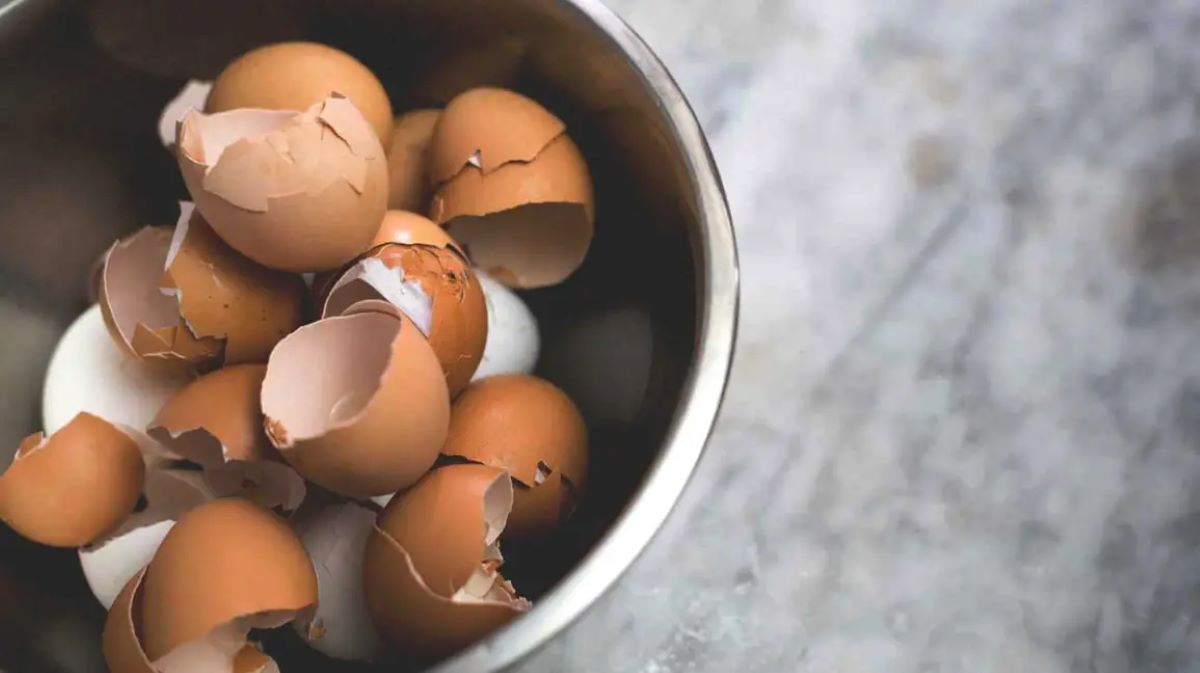

Articles
How To Store Egg Shells
Modified: February 26, 2024
Learn useful ways to store egg shells with these informative articles. Prevent waste and discover creative uses for this natural resource.
(Many of the links in this article redirect to a specific reviewed product. Your purchase of these products through affiliate links helps to generate commission for Storables.com, at no extra cost. Learn more)
Introduction
Have you ever wondered what you can do with all those leftover egg shells after making a delicious omelette or baking a cake? Instead of tossing them into the trash, consider storing them for future use! Egg shells are incredibly versatile and have a multitude of benefits, from being a natural fertilizer for plants to a gentle abrasive for household cleaning.
In this article, we will explore the various methods and benefits of storing egg shells. Whether you are an avid gardener looking for an organic way to nourish your plants or simply a thrifty individual seeking eco-friendly alternatives, this guide will help you make the most of your egg shells. So, let’s dive in and discover the wonderful world of storing egg shells!
Key Takeaways:
- Don’t toss those egg shells! Store them for organic fertilizer, pest deterrent, and crafting. Reduce waste and unleash their versatile uses for a sustainable lifestyle.
- Wash, dry, crush, and store egg shells for gardening and household cleaning. Maximize their benefits and minimize waste with proper preparation and storage.
Read more: How To Store Egg Shells For Garden
Benefits of Storing Egg Shells
Storing egg shells can be incredibly beneficial, both for your household and the environment. Here are some of the key advantages:
- Organic Fertilizer: Egg shells are rich in calcium, as well as other minerals that are essential for plant growth. By storing and crushing them, you can create a nutrient-rich fertilizer for your garden. This natural alternative not only helps to nourish your plants but also reduces the need for chemical fertilizers.
- Pest Deterrent: Crushed egg shells can act as a natural deterrent for pests such as slugs and snails. These critters dislike the rough texture of the shells and will avoid crawling over them, protecting your plants from potential damage.
- Household Cleaner: The abrasive texture of finely crushed egg shells makes them an excellent natural cleaner. Use them to scrub away stubborn stains on pots, pans, and even coffee stains on mugs. They are a gentle alternative to harsh chemical cleaners and are safe to use on various surfaces.
- Craft Projects: Storing egg shells allows you to unleash your creativity through various craft projects. From mosaic artwork to jewelry designs, the unique texture and delicate colors of egg shells can add a touch of elegance and uniqueness to your creations.
- Composting: If you have a compost pile, adding crushed egg shells can help balance the pH levels and provide essential minerals. The shells will break down over time and contribute to the overall health and fertility of your compost.
By storing egg shells, you not only reduce waste but also tap into their versatile uses. From nourishing your plants to cleaning your home, these benefits make storing egg shells a worthwhile practice for any eco-conscious individual.
Preparation for Storing Egg Shells
Before you start storing egg shells, it’s important to prepare them properly to ensure cleanliness and longevity. Follow these steps to prepare your egg shells:
- Clean the Shells: After using eggs, rinse the shells with warm water to remove any residual egg whites or yolks. This will prevent any unpleasant odors or bacterial growth during storage.
- Dry the Shells: Place the clean shells on a baking sheet or dish towel and allow them to air dry completely. Alternatively, you can dry them in a low-temperature oven for about 15-20 minutes. Make sure the shells are completely dry before moving on to the next step.
- Separate the Membrane: The thin membrane lining the inside of the egg shell can be a breeding ground for bacteria. Carefully peel off or rinse out the membrane to ensure a clean storage container.
Once you have prepared the egg shells, you are ready to store them for future use. Let’s explore the different methods of storing egg shells to find the one that best suits your needs.
Methods of Storing Egg Shells
There are several methods you can use to store egg shells, depending on the intended purpose and your personal preferences. Here are five common methods:
- Washing Egg Shells: After preparing the egg shells, you can wash them once again to ensure they are completely clean. This step removes any residue that may have been missed during the initial cleaning. Simply rinse the shells under warm water, gently scrubbing away any remaining debris. Let them air dry before moving on to the next step.
- Drying Egg Shells: Once the shells are clean, it’s important to dry them thoroughly to prevent mold or bacterial growth. You can air dry them by placing them on a dish towel or baking sheet in a well-ventilated area. Alternatively, you can use a low-temperature oven to speed up the drying process. Remember, completely dry shells are essential for long-term storage.
- Crushing Egg Shells: To maximize their uses, you may want to crush the egg shells into smaller pieces. This can be done by hand or using a mortar and pestle. Crushing the shells not only saves storage space but also makes them easier to work with when using as fertilizer or a gentle abrasive.
- Storing Egg Shells in Containers: Once your egg shells are washed, dried, and crushed, it’s time to store them. You can use airtight containers, such as glass jars or plastic bags, to keep moisture and pests out. Label the containers to easily distinguish between crushed and uncrushed shells for different purposes.
- Using Egg Shells for Gardening: If your main purpose for storing egg shells is to use them in gardening, consider storing them separately for specific plants or purposes. For example, you can store crushed egg shells in a labeled container specifically for tomatoes, as they benefit from the added calcium.
Experiment with different methods to find the one that works best for you. Keep in mind that properly storing egg shells will help maintain their quality and efficacy for future use.
Washing Egg Shells
One of the essential steps in preparing egg shells for storage is washing them thoroughly. This ensures that any dirt, bacteria, or traces of egg yolk are removed, preventing any potential odors or contamination during storage. Follow these steps to properly wash your egg shells:
- Collect the Shells: After using eggs, carefully collect the egg shells in a container. It’s best to collect them in a separate bin or bowl to avoid any contact with other kitchen waste.
- Rinse Under Warm Water: Hold each egg shell under warm running water and gently rub your fingers over the surface to remove any residual egg whites or yolks. Pay attention to the inside of the shell as well, making sure to rinse out any remaining bits.
- Gently Scrub: For stubborn impurities, you can use a soft-bristled brush or sponge to gently scrub the shells. This helps to remove any stuck-on debris and ensures a thorough cleaning.
- Rinse Again: Once you have scrubbed the shells, give them another rinse under running water. This helps to remove any loosened particles and ensures that the shells are clean and ready for drying.
- Dry the Shells: After washing, place the shells on a clean dish towel or baking sheet to air dry. Make sure they are spread out in a single layer to allow for efficient drying. Alternatively, you can use a low-temperature oven to speed up the drying process.
It’s important to note that washing the egg shells is a crucial step in ensuring their cleanliness. By removing any residual egg substance, you minimize the risk of odor or bacterial growth during storage. Once the shells are washed and completely dry, you can proceed with crushing them or storing them in containers for future use.
Read more: How To Store Hard Boiled Eggs In Shell
Drying Egg Shells
After washing the egg shells, it’s important to ensure that they are completely dry before storing them. Proper drying helps prevent mold, bacteria, and unpleasant odors during storage. There are a few methods you can use to dry your egg shells:
- Air Drying: One of the simplest and most effective ways to dry egg shells is by air drying. After washing the shells, place them on a clean dish towel or a wire rack in a well-ventilated area. Allow the shells to air dry naturally for at least 24 hours or until they are completely dry. This method is ideal if you have time and patience.
- Using an Oven: If you’re short on time or prefer a quicker drying method, you can use your oven to dry the egg shells. Preheat the oven to a low temperature, around 200°F (93°C), and spread the washed shells out on a baking sheet. Place the baking sheet in the oven and leave the door slightly ajar to allow moisture to escape. Let the shells dry for about 15-20 minutes or until they are thoroughly dry, but be careful not to overheat them.
- Using a Dehydrator: If you have a food dehydrator, you can use it to dry the egg shells. Simply spread the washed shells on the dehydrator trays and set the temperature to the lowest setting. Allow the shells to dry for several hours or until they are completely dry and brittle. This method ensures a consistent and efficient drying process.
Regardless of the method you choose, it’s important to ensure that the egg shells are fully dry before proceeding with further storage or usage. Damp shells can lead to mold or bacterial growth, which can affect their usability. Once the shells are dry, you can proceed with crushing them or storing them in containers for various purposes.
After cracking eggs, rinse the shells and let them air dry. Store them in a paper bag or airtight container in a cool, dry place to use as a natural fertilizer for your garden.
Crushing Egg Shells
Crushing egg shells is an essential step in maximizing their uses. When crushed into smaller pieces, egg shells become easier to handle and can be used for various purposes, such as gardening or household cleaning. Here are a few methods you can use to crush egg shells:
- By Hand: One of the simplest and most accessible ways to crush egg shells is by using your hands. Once the shells are completely dry, take a handful of them and gently crush them between your fingers. Continue to crush the shells until you achieve the desired size. This method is ideal for small quantities of shells.
- Mortar and Pestle: If you have a mortar and pestle, it can be a useful tool for crushing larger batches of egg shells. Place the shells in the mortar and use the pestle to grind and crush them into smaller pieces. Work in small batches to ensure an even and consistent texture.
- Food Processor or Blender: For larger quantities of egg shells, you can use a food processor or blender to achieve a finer consistency. Make sure the shells are completely dry and place them in the food processor or blender. Pulse or blend until you achieve the desired texture, being careful not to over-process.
When crushing the egg shells, keep in mind the purpose for which you plan to use them. If you’re using them as a fertilizer, a coarser texture is generally sufficient. However, if you’re using them as a gentle abrasive for cleaning, a finer consistency may be preferable.
After crushing the egg shells, transfer them to a clean and dry container for storage. Label the container accordingly so you can easily identify the crushed shells for your specific needs.
Remember, handling crushed egg shells can be sharp, so take caution to avoid any injuries. By crushing the egg shells, you not only save storage space but also prepare them for various applications, such as fertilizing your plants or providing a natural cleaning solution for your household.
Storing Egg Shells in Containers
Once you have prepared and crushed your egg shells, it’s important to store them properly to maintain their quality and usability. Storing egg shells in containers helps protect them from moisture, pests, and other environmental factors. Here are a few tips for storing egg shells:
- Choose the Right Containers: Select airtight containers that are clean, dry, and can effectively seal out moisture and pests. Glass jars with tight-fitting lids or resealable plastic bags are excellent options for storing egg shells. Ensure that the containers are large enough to accommodate the amount of crushed shells you plan to store.
- Label the Containers: To avoid confusion, label each container with its contents, date of storage, and any specific instructions or purposes. This will make it easier for future use and prevent mix-ups.
- Store in a Cool and Dry Place: Find a storage location that is cool, dry, and away from direct sunlight. Extreme heat or humidity can lead to the deterioration of the egg shells, reducing their effectiveness for future use.
- Separate Crushed and Uncrushed Shells: If you have both crushed and uncrushed egg shells, consider storing them separately. This will make it easier to distinguish between the two and retrieve the desired type when needed.
- Consider Freezing: If you need to store a large quantity of egg shells or want to extend their shelf life, you can freeze them. Place the crushed or uncrushed shells in an airtight container or freezer bag and store them in the freezer. Freezing helps prevent the shells from deteriorating and keeps them fresh for an extended period of time.
By storing your egg shells properly, you can ensure that they stay dry, clean, and free from potential contaminants. Whether you plan to use them as a natural fertilizer for your plants or as a gentle abrasive for cleaning, well-stored egg shells will be ready for whenever you need them.
Using Egg Shells for Gardening
Egg shells are not only a waste-free byproduct of cooking but also a valuable resource for your garden. Their rich calcium content makes them an excellent natural fertilizer and soil amendment. Here are some ways to use egg shells in your gardening endeavors:
- Crushed Egg Shells as Soil Amendment: Crushed egg shells can be added directly to your garden soil to improve its composition. The calcium in the shells helps to raise the soil’s pH level and provide essential nutrients to your plants. Before adding the crushed shells, make sure to work them into the soil thoroughly to allow for better distribution.
- Seed Starting: Egg shells can serve as biodegradable seedling pots. Carefully crack open the top portion of an eggshell, leaving a small portion intact to act as a natural drainage hole. Fill the shell with potting soil and sow your seeds. Once the seedlings are ready to be transplanted, gently crush the bottom of the eggshell and plant it directly in the soil, allowing the shell to decompose and provide nutrients to the young plant.
- Saving Your Coffee Grounds: Combine crushed egg shells with used coffee grounds to create a nutrient-rich mix for your garden. Coffee grounds provide nitrogen, while egg shells contribute calcium. Mix the two together and sprinkle the blend around your plants to give them a natural boost.
- Slug and Snail Deterrent: Crushed egg shells act as a deterrent for slugs and snails due to their sharp and abrasive texture. Create a barrier around vulnerable plants by sprinkling crushed egg shells around the base. This can help protect your plants from these garden pests.
- Compost Addition: Incorporate crushed egg shells into your compost pile. The calcium-rich shells help balance the pH levels and provide valuable minerals to the composting process. Over time, the shells will break down and contribute to the overall health and fertility of your compost.
Remember to crush the egg shells into small pieces before using them in your garden. This allows for easier incorporation into the soil and ensures a more even distribution of nutrients. Additionally, it’s best to use organic, free-range eggshells to avoid introducing any harmful chemicals or pesticides into your garden.
By utilizing egg shells in your gardening practices, you can promote healthy plant growth, reduce waste, and create a more sustainable garden environment.
Read more: How To Store Shelled Hard Boiled Eggs
Tips for Storing Egg Shells
Proper storage of egg shells is crucial to maintain their quality and ensure their usability. To make the most of your stored egg shells, here are some useful tips:
- Label and Date: Always label your containers with the contents and date of storage. This will help you keep track of the freshness and usage timeline of the egg shells.
- Keep Moisture Out: Moisture can cause egg shells to deteriorate and become less effective. Ensure that your containers are airtight and stored in a cool, dry place to prevent moisture from seeping in.
- Avoid Direct Sunlight: Exposure to direct sunlight can degrade the quality of the egg shells over time. Store them in a dark or shady area to preserve their nutritional value.
- Crush as Needed: If you’re storing both crushed and uncrushed egg shells, it’s better to keep them in their original form until you need them. Crushed shells have a shorter shelf life and may lose their effectiveness over time.
- Regularly Check for Mold or Odors: Over time, stored egg shells may develop mold or acquire unpleasant odors. Check your containers regularly and discard any shells that show signs of contamination.
- Consider Powdered Egg Shells: For longer storage or ease of use, you can grind your eggshells into a fine powder using a coffee grinder or mortar and pestle. Powdered egg shells have a longer shelf life and can be conveniently added to various applications.
- Use in Small Batches: When using egg shells for gardening or cleaning purposes, it’s best to work in small batches. This ensures that the shells maintain their freshness and effectiveness. Use what you need and store the rest for later use.
- Replenish Compost Regularly: If you’re adding crushed egg shells to your compost pile, remember to replenish them regularly to maintain a healthy balance of nutrients in the compost. Mix them in with other organic matter for best results.
- Share with Others: If you find yourself with an excess of stored egg shells, consider sharing them with friends, family, or fellow gardeners. They will appreciate the eco-friendly gesture and make good use of the valuable resource.
By following these tips, you can ensure that your stored egg shells remain fresh, effective, and ready for use whenever you need them. Proper storage techniques will help you make the most of this versatile and sustainable resource!
Conclusion
Storing egg shells is a fantastic way to minimize waste and discover the multitude of benefits they offer. By following the proper preparation and storage methods, you can harness the power of egg shells in various aspects of your life.
From using crushed egg shells as organic fertilizers and natural pest deterrents in your garden to utilizing them as gentle abrasives for cleaning, egg shells have proven to be a valuable resource. Their calcium-rich composition provides essential nutrients for plants and their abrasive texture makes them effective for various household tasks.
Remember to wash and dry the egg shells thoroughly before storing them. Crush them into smaller pieces to maximize their uses and store them in airtight containers in a cool, dry place. Label your containers and date them to keep track of their freshness.
Whether you use the crushed shells in your garden, as seedling pots, or as an ingredient in compost, their versatility knows no bounds. They can promote plant growth, deter pests, and contribute to a sustainable and eco-friendly lifestyle.
So, the next time you crack open an egg, think twice before tossing those shells into the trash. Instead, store them for future use and unlock their potential in nourishing your garden, cleaning your home, and enhancing your overall sustainability efforts.
Start storing your egg shells today and discover the countless ways they can make a positive impact in your life and the environment!
Frequently Asked Questions about How To Store Egg Shells
Was this page helpful?
At Storables.com, we guarantee accurate and reliable information. Our content, validated by Expert Board Contributors, is crafted following stringent Editorial Policies. We're committed to providing you with well-researched, expert-backed insights for all your informational needs.

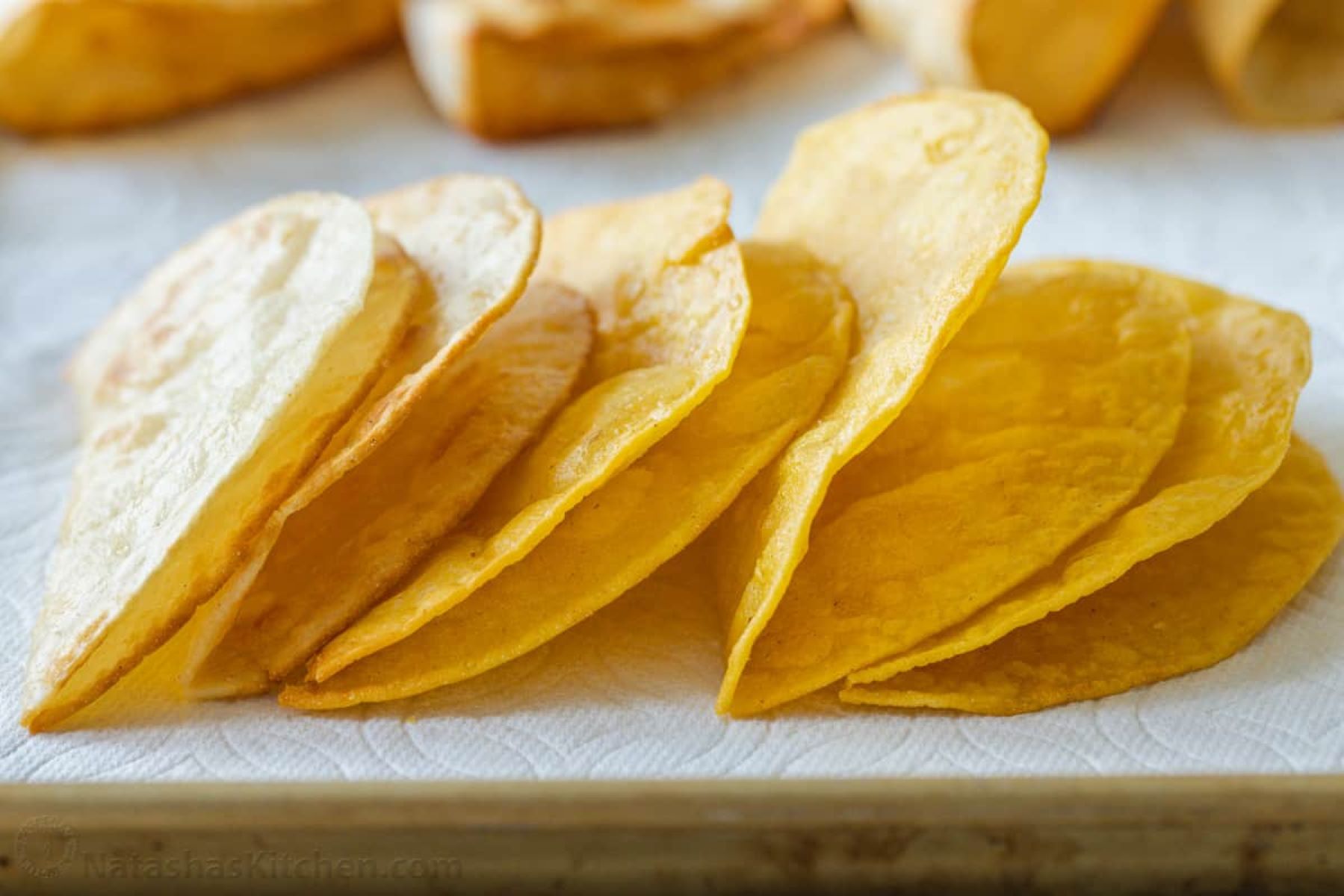
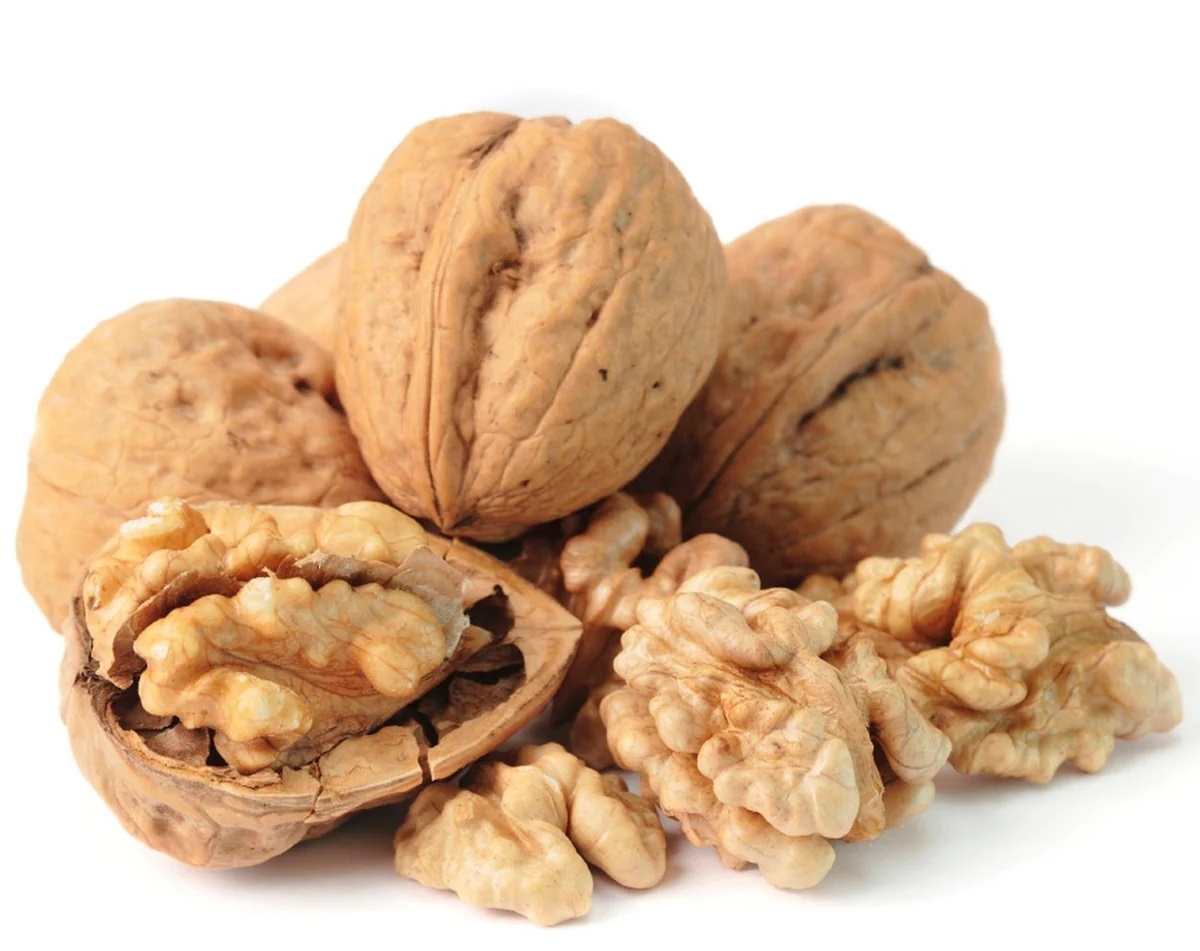
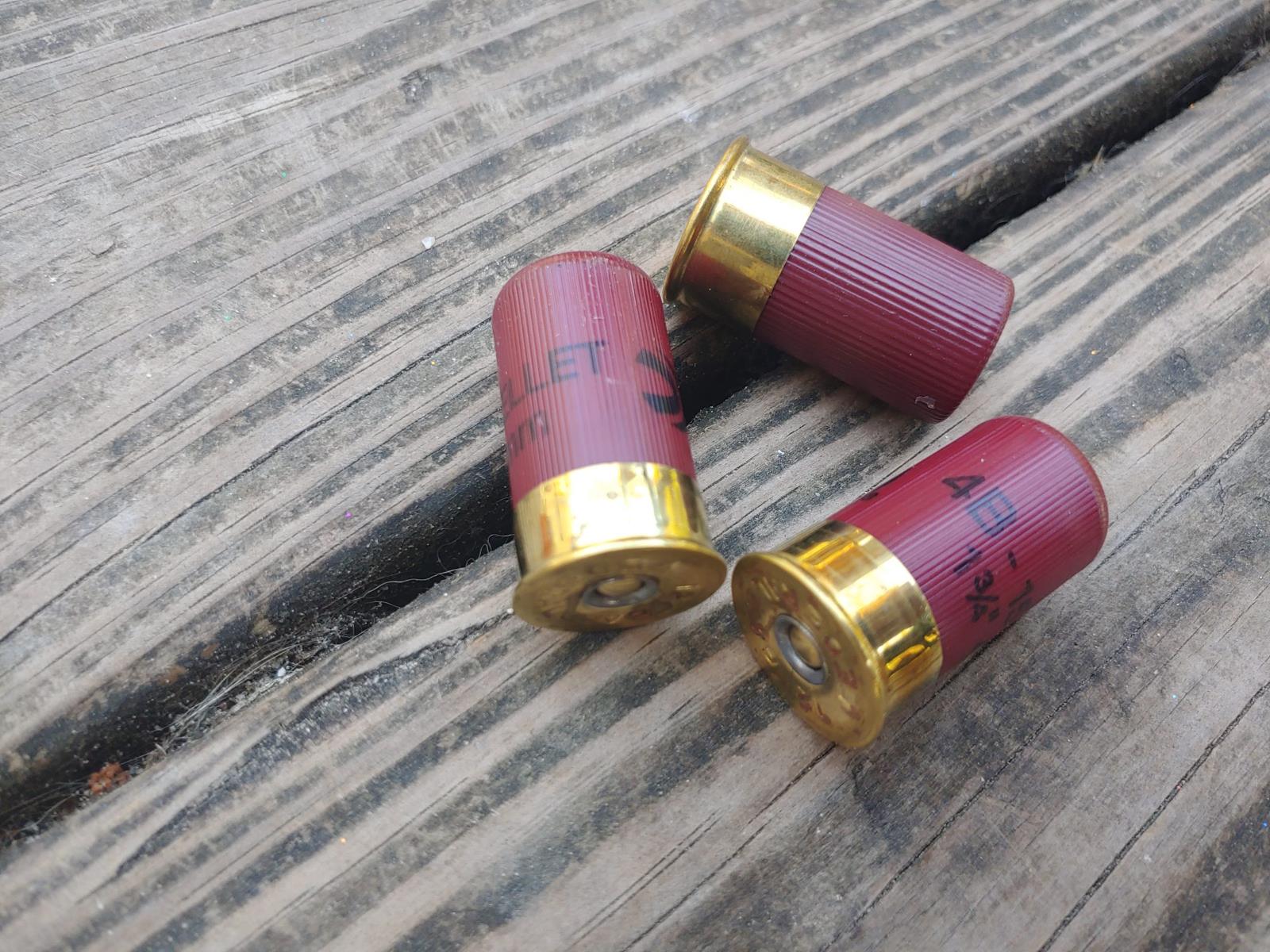
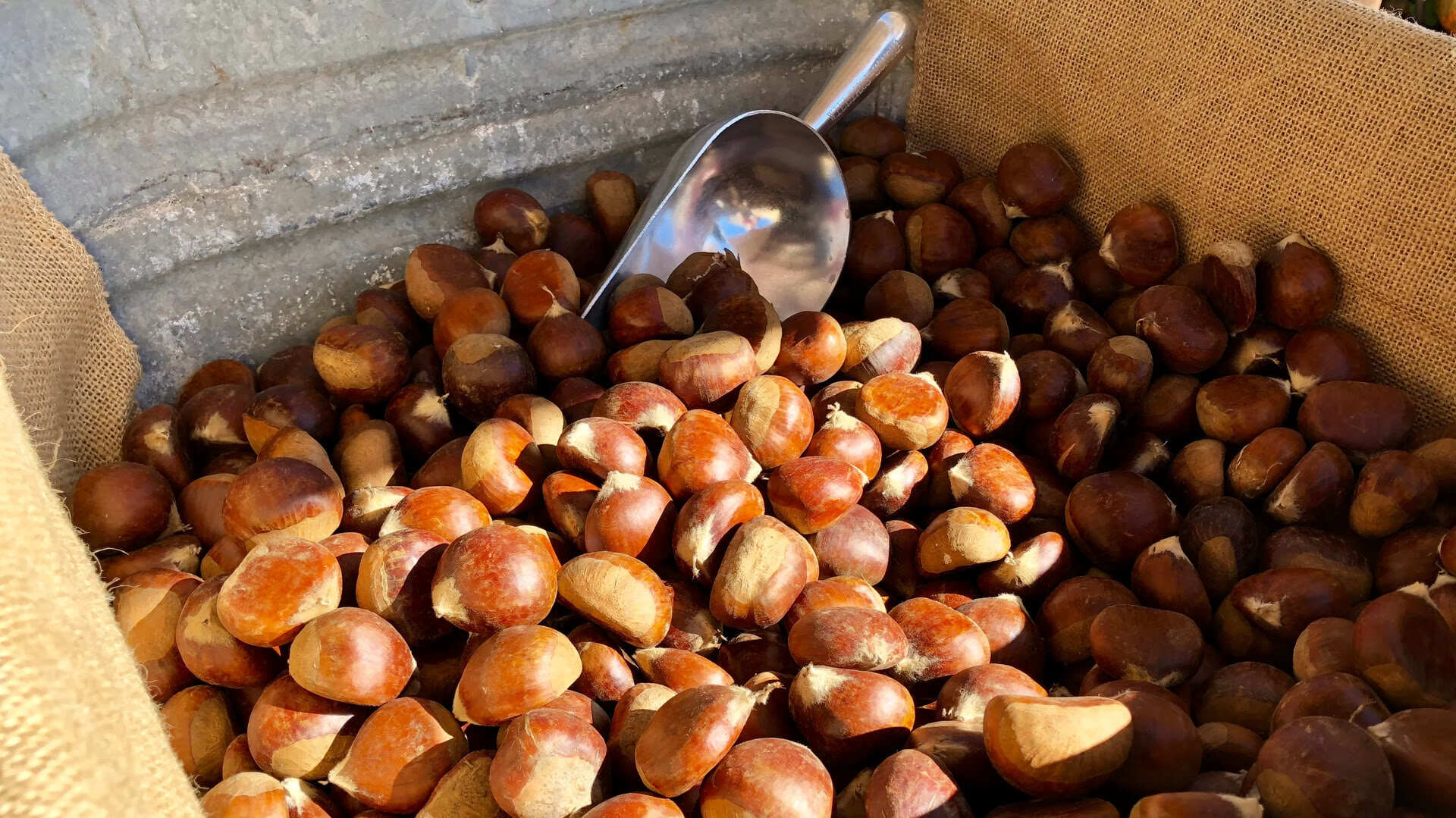
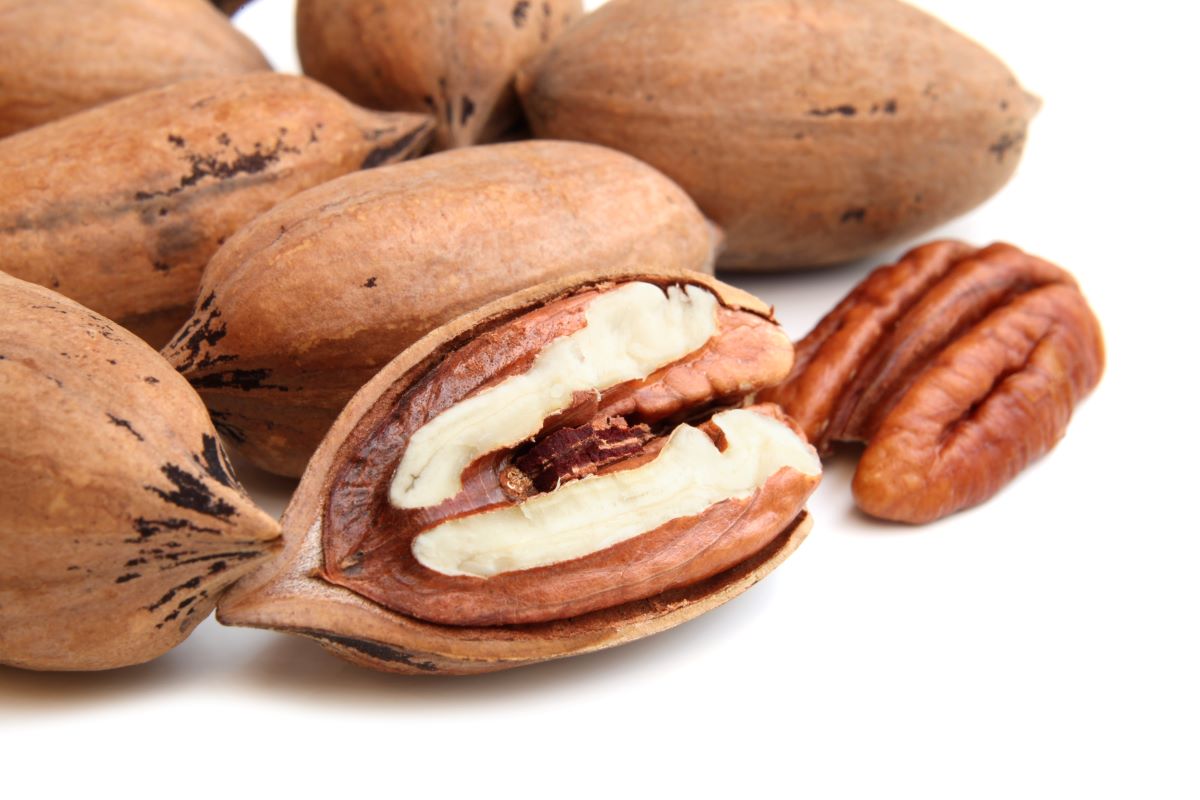
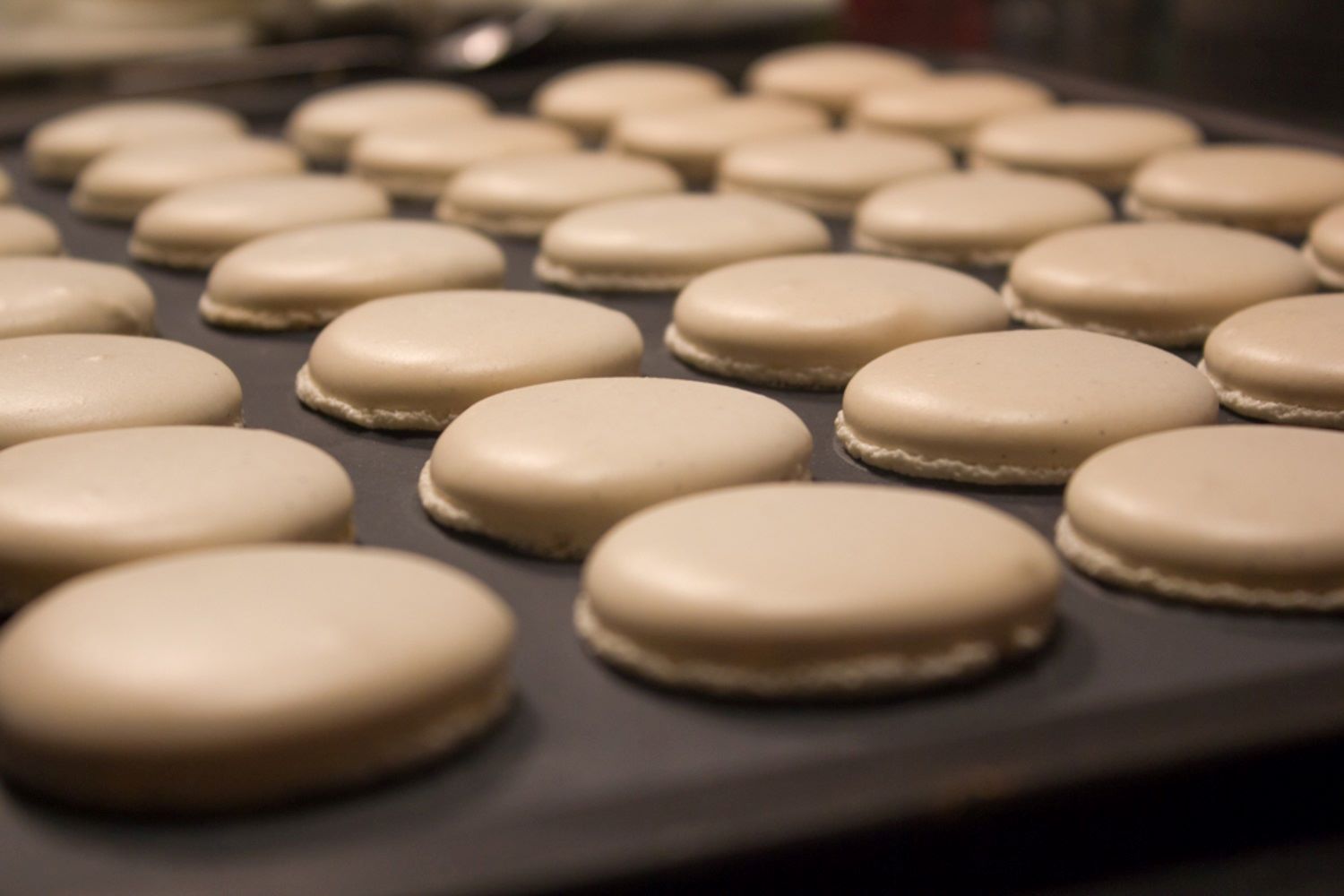
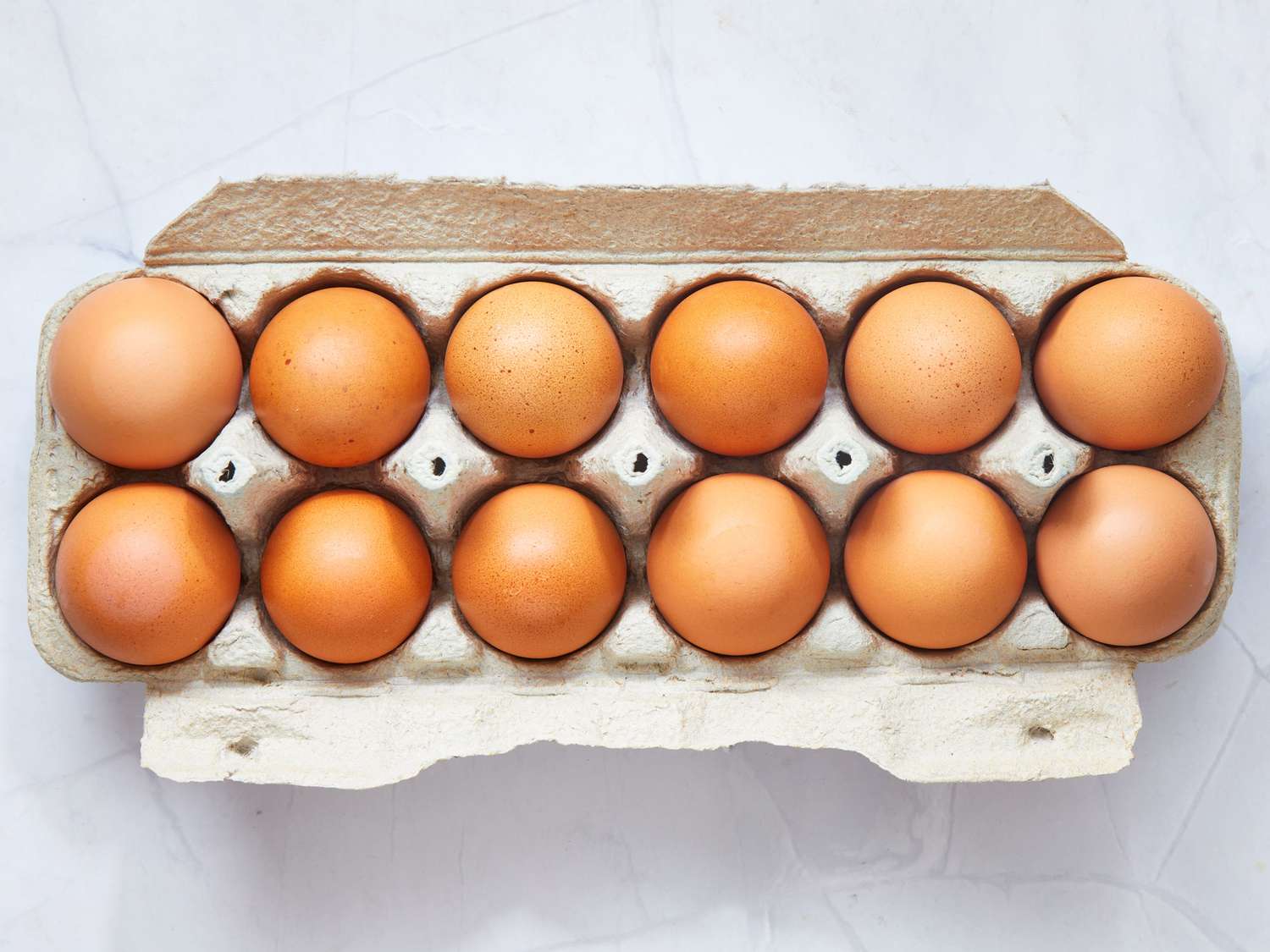
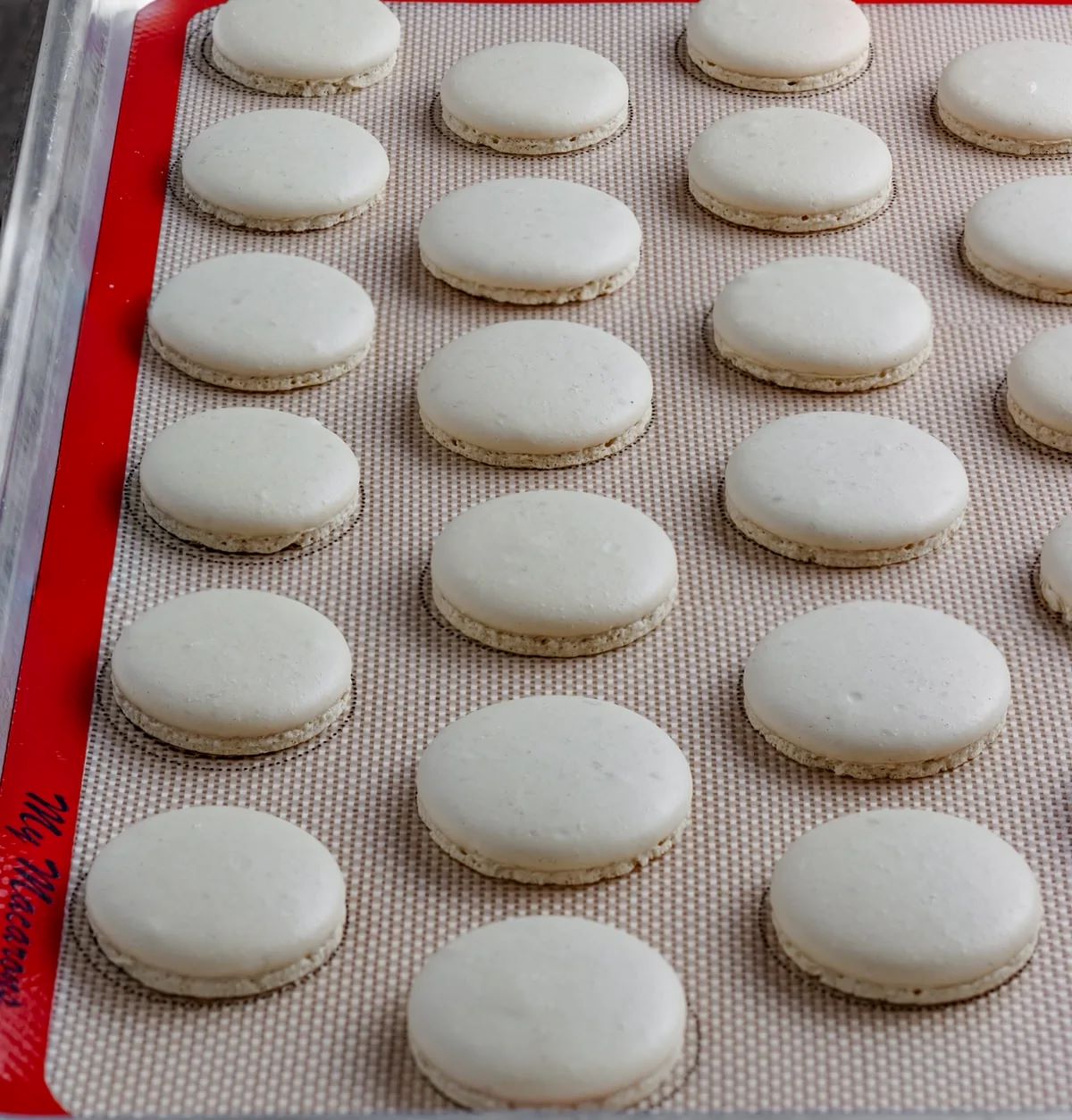
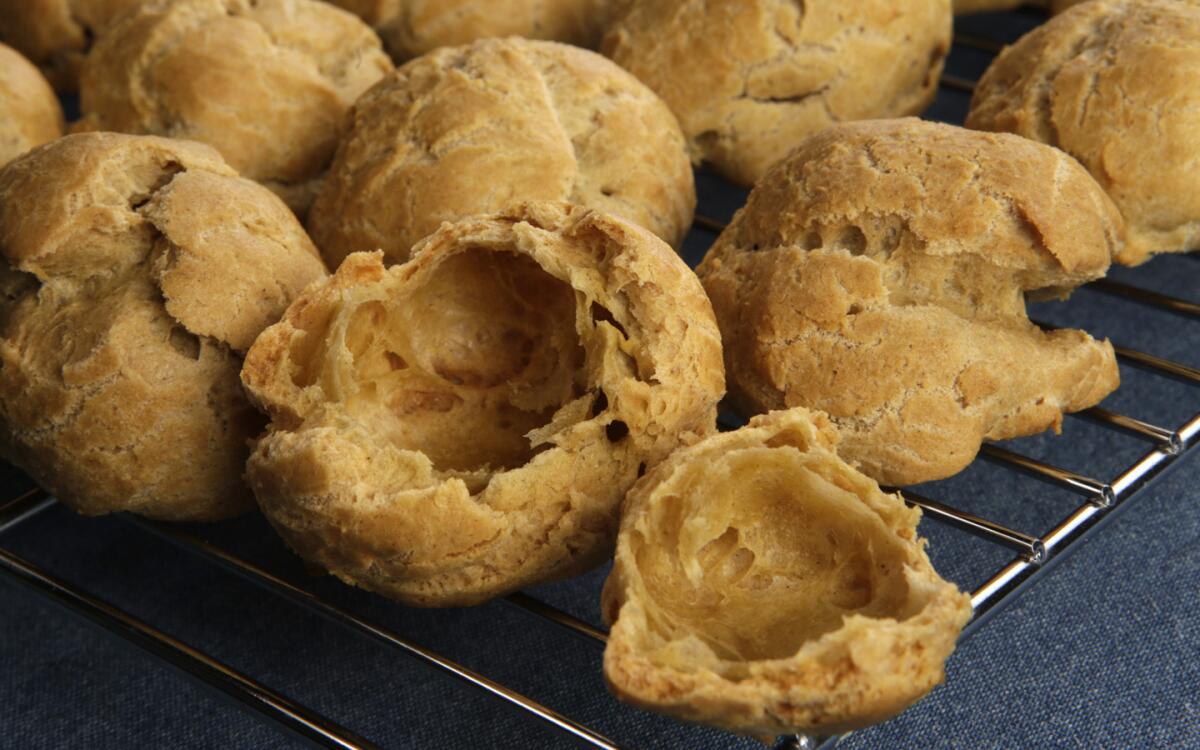
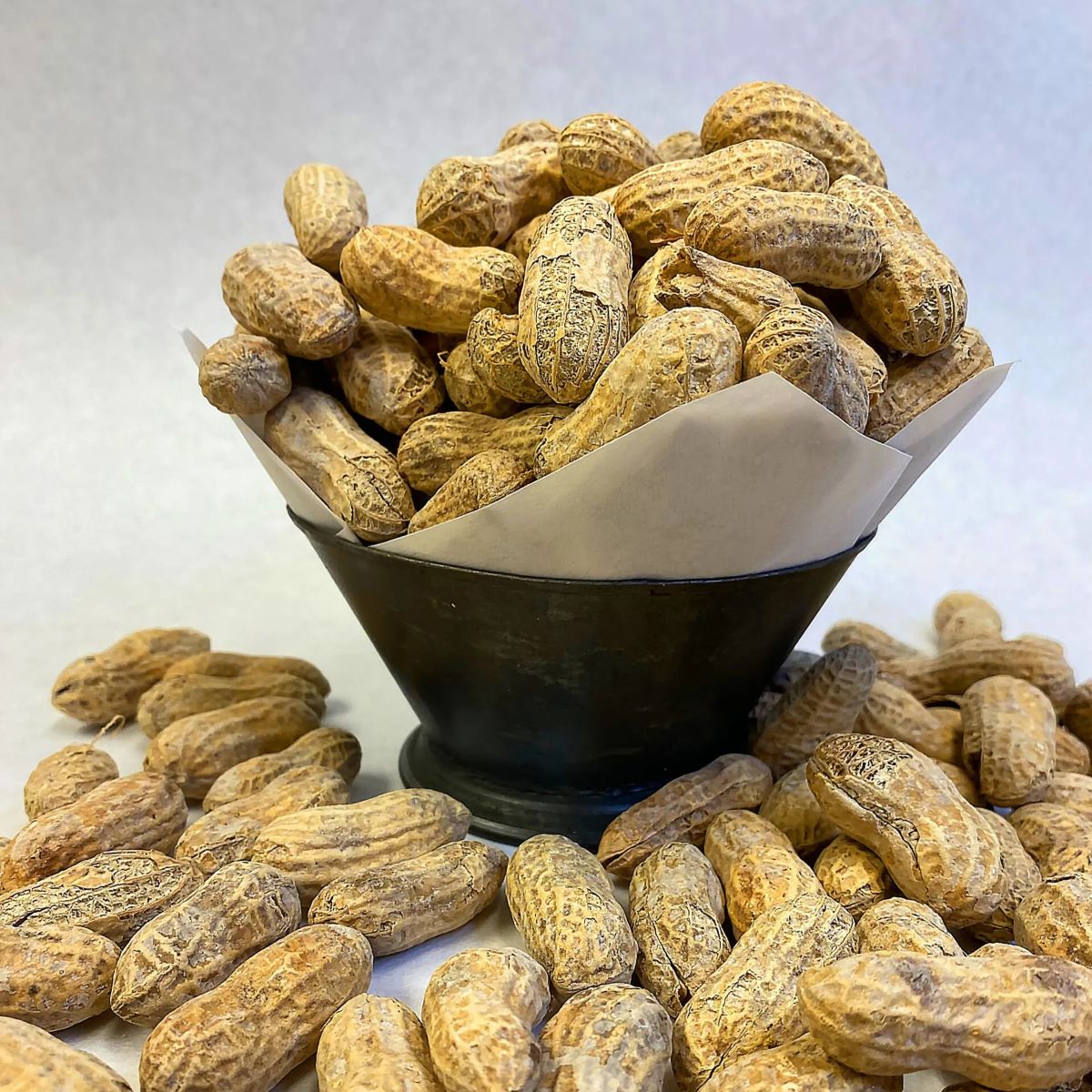
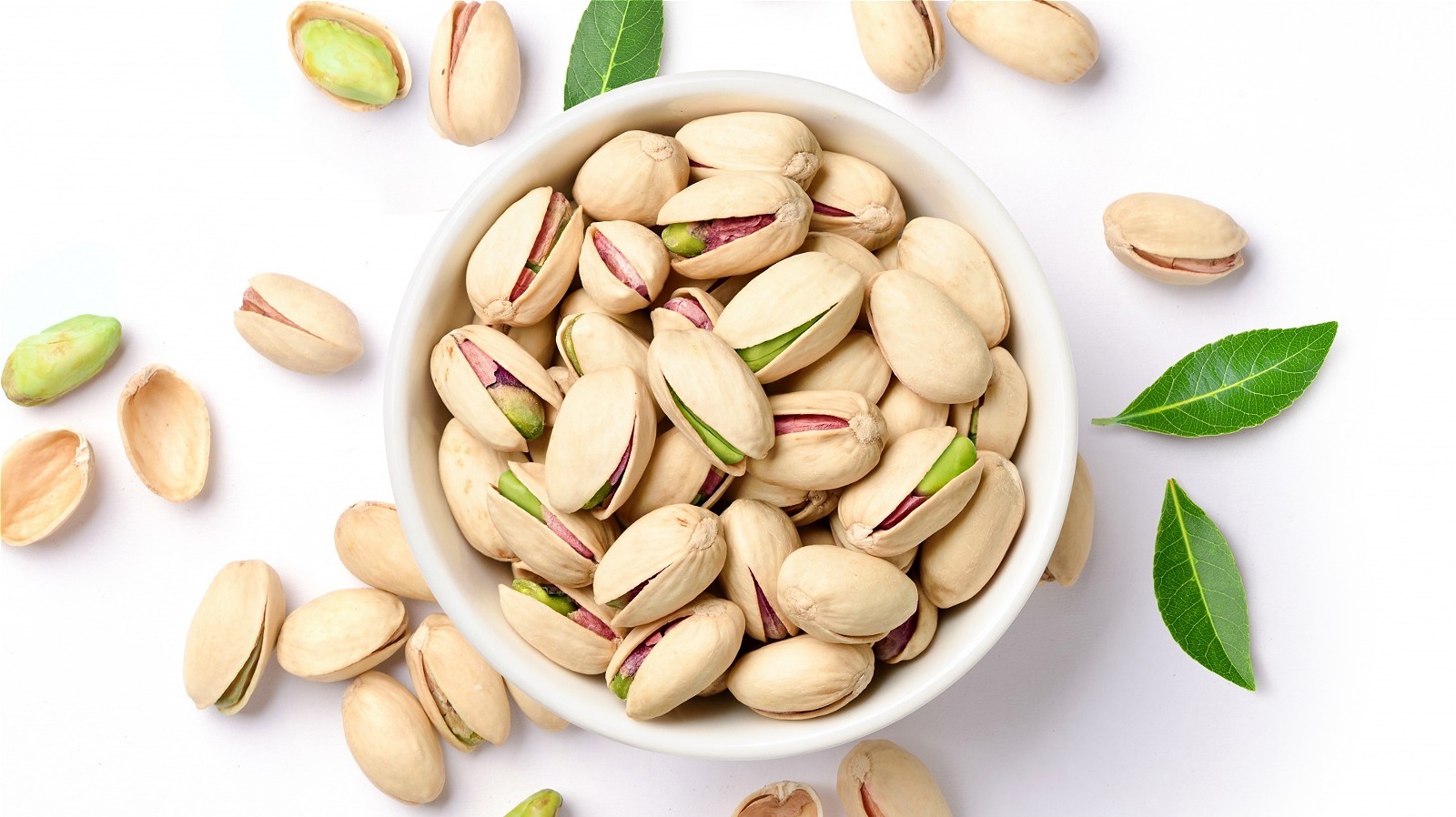
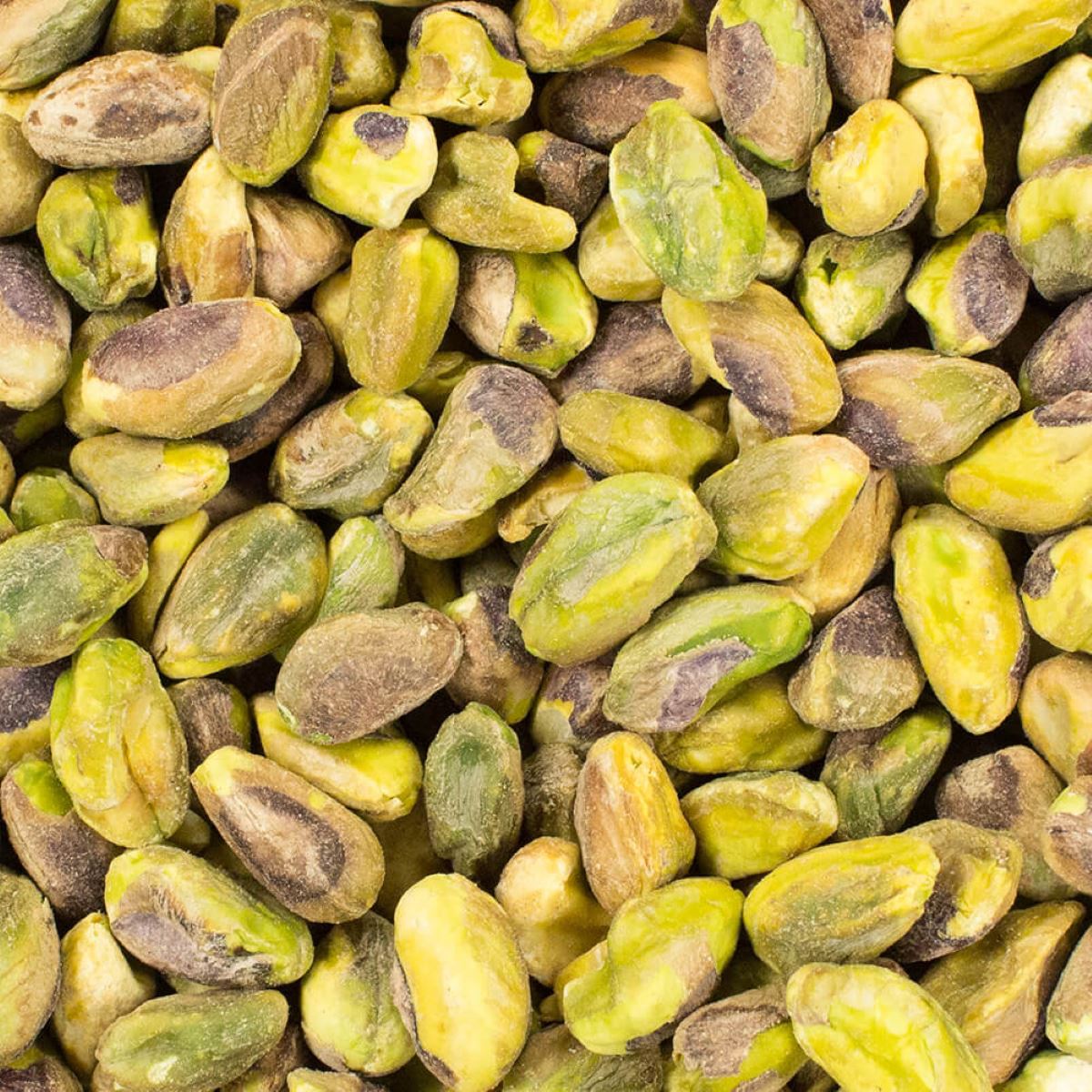

0 thoughts on “How To Store Egg Shells”